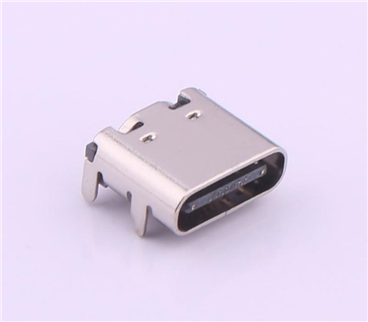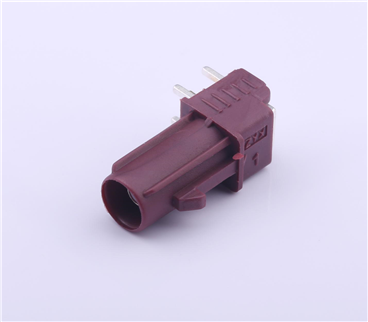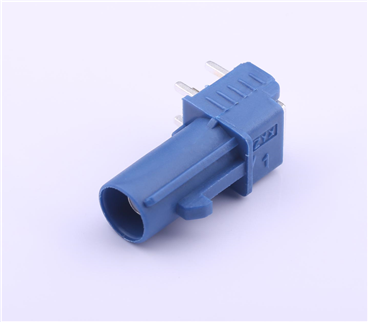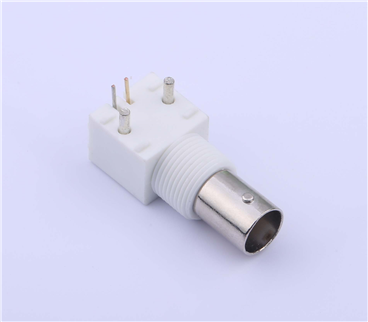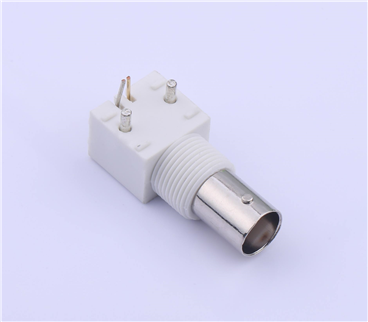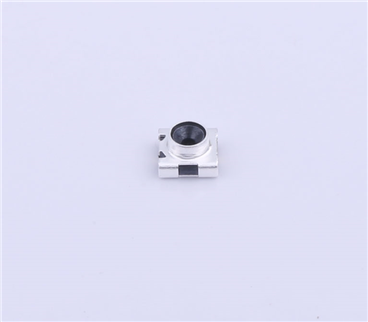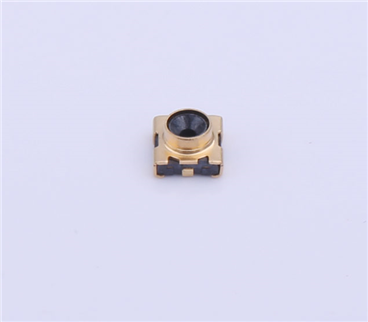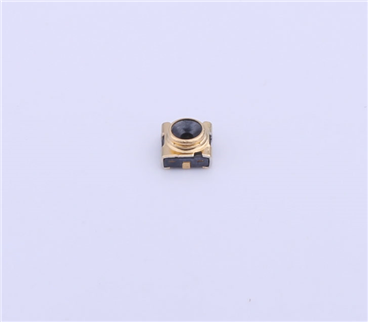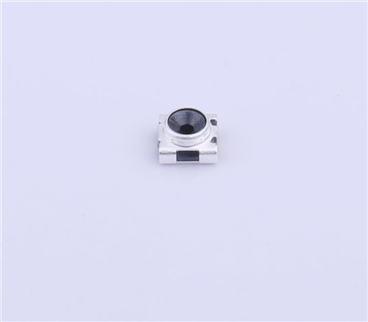Service hotline
+86 0755-23615795
Release date:2025-06-16Author source:KinghelmViews:1841
When the gain is the same, the polarization of the antenna mainly influences signal transmission in aspects such as signal propagation direction, anti-interference capability, penetration ability, and multipath effects, as described below:
1) Signal Propagation Direction and Reception Effect
Linear Polarization: A linear polarized wave is one where the electric field vector maintains a fixed orientation in space. In communication, if the transmitting antenna is horizontally polarized, the receiving antenna must also be horizontally polarized to achieve the best reception. A vertically polarized receiving antenna would almost receive no signal, and vice versa. This polarization method has relatively concentrated signal propagation in the horizontal or vertical direction, making it suitable for communication in specific directions. For example, in line-of-sight communication, when both transmitting and receiving antennas have the same polarization direction, the signal transmission quality will be better.
Circular Polarization: A circular polarized wave is one where the electric field vector changes its orientation in space with time, and the endpoint traces a circular path. Circularly polarized antennas have a more uniform reception effect in any direction, as the electric field strength distribution is the same in all directions. Therefore, for mobile receiving devices or uncertain signal propagation directions, a circularly polarized antenna can better receive the signal without significant fluctuations in signal strength due to changes in the reception direction.
2) Anti-Interference Ability
Linear Polarization: When the polarization direction of external interference signals differs from the linear polarized antenna's polarization, the interference has a smaller effect on the received signal. However, if the interference signal's polarization direction matches the receiving antenna's polarization direction, interference becomes more severe. For example, in urban environments with many horizontally polarized interference sources, horizontally polarized antennas are more susceptible to interference, while vertically polarized antennas may have relatively stronger anti-interference capabilities.
Circular Polarization: Circularly polarized antennas have better anti-interference capabilities, particularly against interference with a random polarization direction. Since circularly polarized antennas can receive signals with different polarization directions, they can suppress interference from circularly polarized signals with opposite polarization directions to some extent.
3) Penetration Ability
Linear Polarization: The penetration ability of linear polarized signals when passing through obstacles depends on the nature of the obstacle and the polarization direction. For example, horizontally polarized signals may experience significant attenuation when passing through vertical metal obstacles, while vertically polarized signals might face similar issues when penetrating horizontally oriented media.
Circular Polarization: Circularly polarized signals have relatively better penetration and diffraction abilities due to their rotating electric field vector. When passing through complex media or encountering obstacles, circularly polarized signals interact with obstacles in different polarization directions, reducing signal attenuation and improving signal transmission in complex environments.
4) Impact of Multipath Effects
Linear Polarization: In a multipath propagation environment, linear polarized signals may experience destructive or constructive interference due to changes in the polarization direction of signals traveling along different paths, leading to signal fading and distortion. For example, in indoor environments, signals that are reflected multiple times from walls, floors, and other surfaces may cause changes in the polarization direction of linear polarized signals, thus affecting the reception quality.
Circular Polarization: Circularly polarized antennas can effectively mitigate the impact of multipath effects. Since they have good reception capabilities for signals of different polarization directions, even when the signal undergoes multiple reflections and scattering, the polarization direction may change, but the circularly polarized antenna can still receive these signals. Signal processing techniques can be used to combine and process multipath signals, enhancing signal stability and reliability.

About Kinghelm
Kinghelm is a leading provider of high-quality electronic components,including RoHS-compliant antennas, wires, plug-ins, switches, and connectors. With over 17 years of experience, the company serves industries including automotive, telecommunications, industrial automation, medical devices, and consumer electronics. Kinghelm is known for its durable, reliable components that meet international standards and are used in applications ranging from renewable energy to IoT devices.
